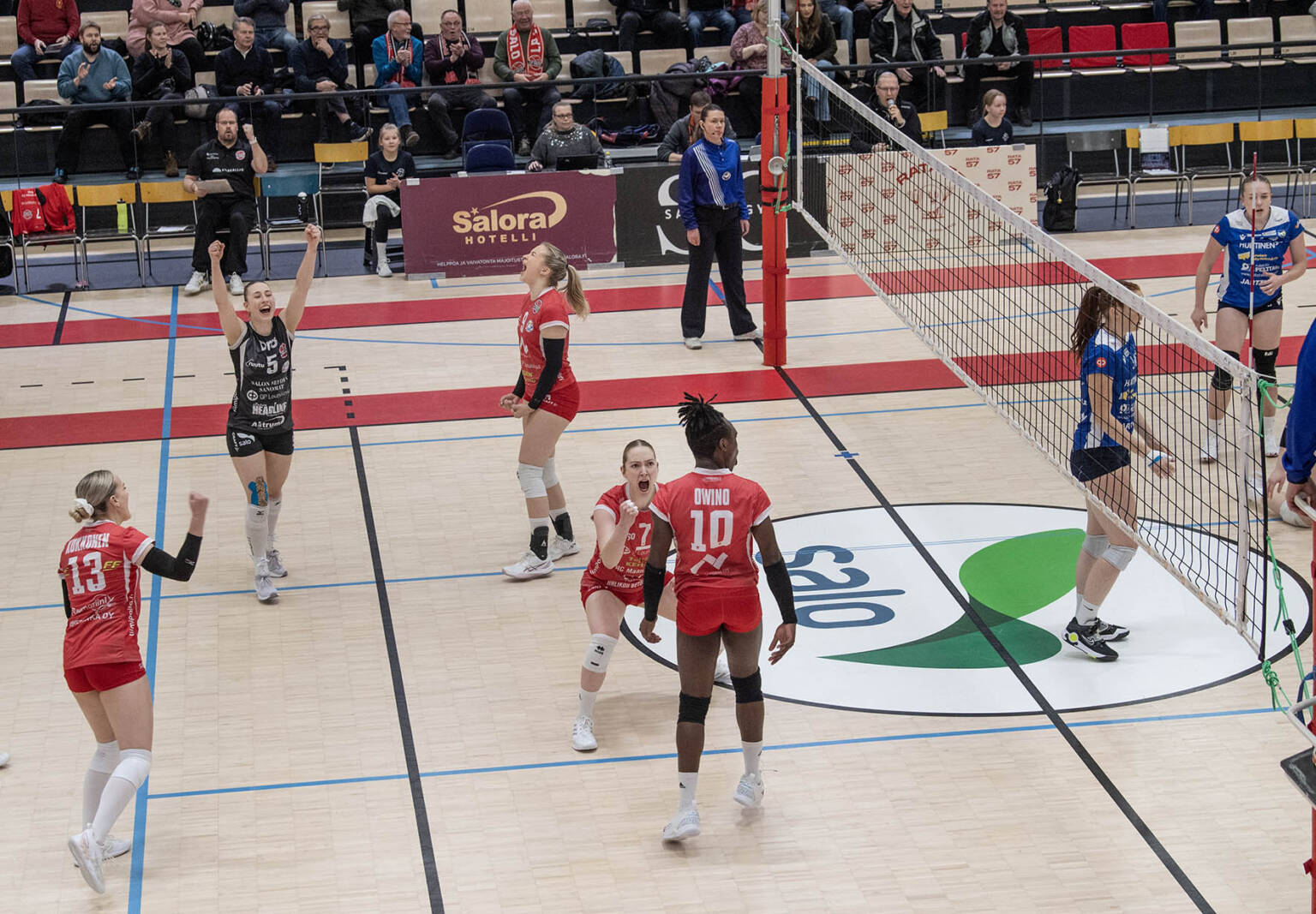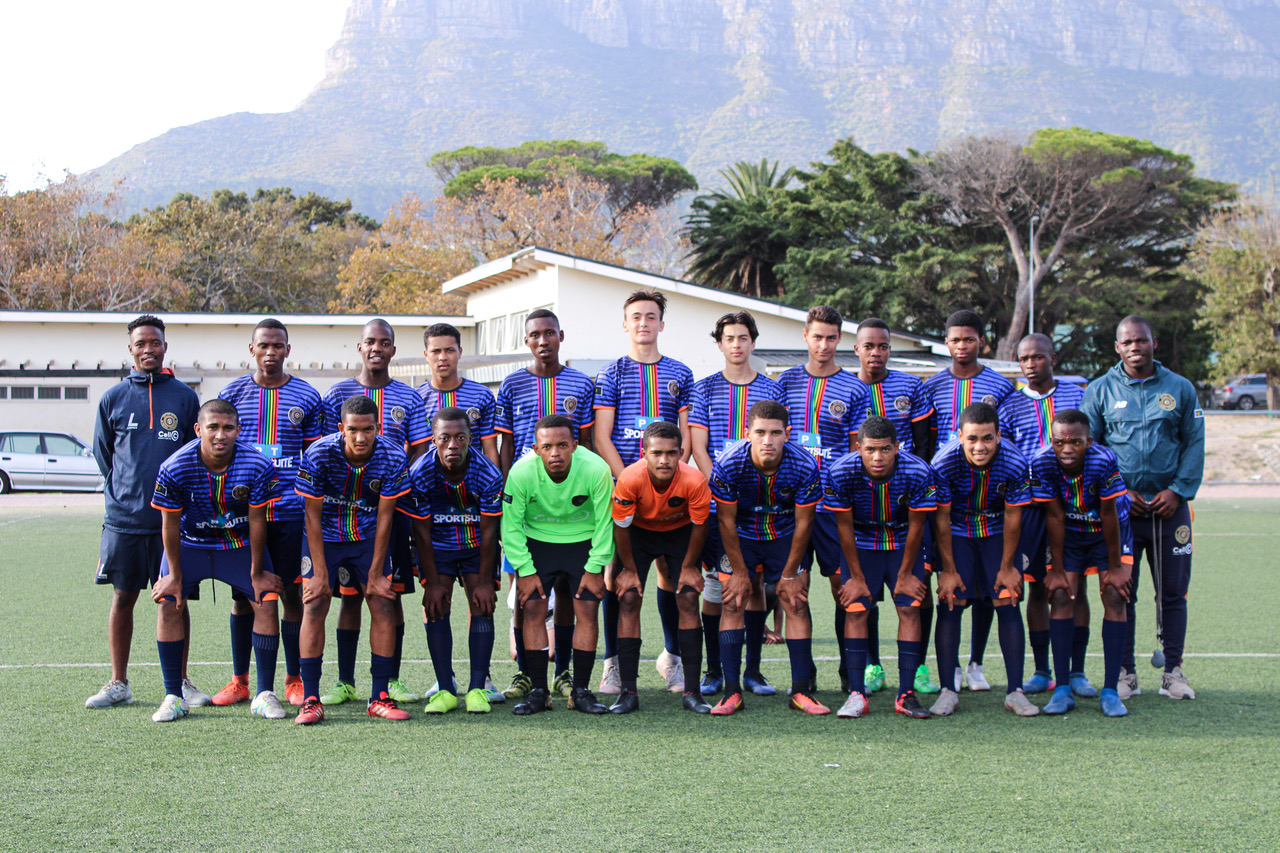The Growing Threat Of Femicide: Understanding The Statistics And Prevention

Table of Contents
Understanding the Global Statistics of Femicide
The global prevalence of femicide is alarming. While precise figures are difficult to obtain due to underreporting and variations in data collection methods, available data from organizations like the UN and WHO paints a grim picture. Femicide statistics reveal significant regional variations, with some countries experiencing far higher rates than others. Analyzing this data is crucial to understanding the root causes and developing targeted interventions.
- Key Statistical Findings: Studies show a concerning correlation between femicide rates and existing levels of gender inequality. Regions with deeply ingrained patriarchal norms often report higher numbers of female homicides.
- Underreporting and Data Limitations: A significant challenge in accurately assessing the global femicide rate is underreporting. Many cases go unreported due to fear, stigma, lack of trust in law enforcement, or inadequate reporting mechanisms. The existing data often reflects reported cases, leading to significant underestimation of the true figures. This highlights the need for more robust data collection methods, including improved reporting systems and victim support services.
- Regional Variations and Contributing Factors: Latin America consistently reports some of the highest rates of femicide globally. Factors contributing to this include high levels of gender inequality, weak legal frameworks, and limited access to justice for women. Similarly, certain regions in Africa and Asia also grapple with alarmingly high rates, highlighting the global nature of this crisis.
Profiling the Victims and Perpetrators of Femicide
Understanding the profiles of victims and perpetrators is crucial for developing effective prevention strategies. While there is no single profile, certain patterns emerge.
- Victim Profiles: Victims of femicide often come from diverse backgrounds, spanning different ages, socioeconomic statuses, and ethnicities. However, certain vulnerabilities often increase their risk, such as being in a relationship marked by domestic abuse or experiencing stalking.
- Perpetrator Profiles: In a significant number of cases, the perpetrator is known to the victim, often an intimate partner, former partner, or family member. Perpetrators frequently exhibit controlling behavior, a history of violence, and a belief in entitlement over women's lives and bodies. The power imbalance inherent in these relationships is a crucial factor in the escalation to femicide.
- Gender Inequality and Societal Norms: Underlying societal norms that normalize violence against women and reinforce patriarchal structures play a significant role in perpetuating femicide. These norms can condone or excuse abusive behavior, discouraging victims from seeking help and hindering the prosecution of perpetrators. Addressing these deep-rooted societal issues is essential for long-term change.
Effective Strategies for Preventing Femicide
Preventing femicide requires a multi-pronged approach involving legal reforms, law enforcement training, support services, and public awareness campaigns.
- Strong Legal Frameworks: Robust legislation that criminalizes violence against women, including femicide, and provides strong protection for victims is fundamental. Laws must ensure accountability for perpetrators and provide pathways for redress for survivors.
- Law Enforcement and Judicial Training: Specialized training for law enforcement and judicial personnel on handling femicide cases is crucial. This training should focus on understanding the dynamics of intimate partner violence, recognizing signs of abuse, and conducting sensitive and effective investigations.
- Support Services for Victims: Providing accessible and comprehensive support services for survivors is paramount. This includes shelters, hotlines, counseling, and legal aid. These services are essential to help victims escape abusive situations and rebuild their lives.
- Public Awareness Campaigns: Widespread public awareness campaigns are crucial to challenge harmful gender norms and promote a culture of respect. These campaigns must actively engage men and boys to address the root causes of violence against women.
- Community-Based Initiatives: Community-based initiatives involving local organizations, religious leaders, and community members can create safer environments and foster a culture of accountability.
The Role of Technology in Femicide Prevention
Technology can play a crucial role in preventing femicide.
- Apps and Tracking Devices: Apps designed to provide support and safety for women, including panic buttons and GPS tracking, are increasingly being developed. However, it's crucial to consider privacy concerns and ensure that these technologies do not further victimize or endanger women.
- AI and Early Warning Systems: Exploring the potential of AI to analyze data and identify individuals at high risk of perpetrating femicide could contribute to early intervention strategies. However, ethical considerations and potential biases must be carefully addressed.
Conclusion
Femicide is a complex and devastating form of gender-based violence that demands immediate and comprehensive action. The global statistics highlight the urgent need for coordinated efforts to address this crisis. Strong legal frameworks, specialized training for law enforcement, robust support services for victims, public awareness campaigns, and community-based initiatives are all crucial components of effective prevention strategies. We must collectively challenge harmful gender norms, empower women, and hold perpetrators accountable to create safer communities for all women. Learn more about femicide, support organizations dedicated to combating violence against women, and advocate for policies that protect women’s lives. Let's work together to end femicide and build a world free from gender-based violence. You can find resources and support at [link to relevant organization 1], [link to relevant organization 2], and [link to relevant organization 3].

Featured Posts
-
 Kaellmanin Nousu Kentaeltae Ja Sen Ulkopuolelta
May 21, 2025
Kaellmanin Nousu Kentaeltae Ja Sen Ulkopuolelta
May 21, 2025 -
 Reps Vow To Recover 1 231 Billion More From 28 Oil Firms
May 21, 2025
Reps Vow To Recover 1 231 Billion More From 28 Oil Firms
May 21, 2025 -
 Huuhkajat Saavat Vahvistusta Benjamin Kaellmanin Kehitys Ja Vaikutus
May 21, 2025
Huuhkajat Saavat Vahvistusta Benjamin Kaellmanin Kehitys Ja Vaikutus
May 21, 2025 -
 Understanding The Appeal Of The Love Monster
May 21, 2025
Understanding The Appeal Of The Love Monster
May 21, 2025 -
 Klopps Coaching Influence Hout Bay Fcs Rise
May 21, 2025
Klopps Coaching Influence Hout Bay Fcs Rise
May 21, 2025
